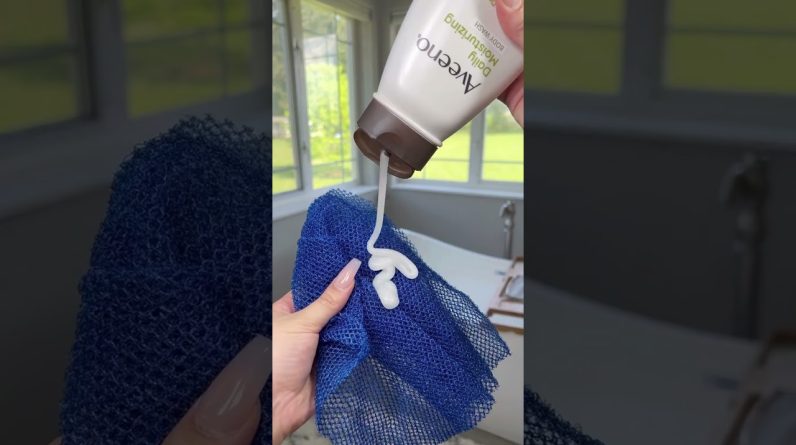স্কিন স্পেশালিষ্ট প্রফেসর ডা. মোহাম্মদ আসিফুজ্জামান
অধ্যাপক ও বিভাগীয় প্রধান, ডার্মাটোলজি বিভাগ
গ্রীণ লাইফ মেডিকেল কলেজ হাসপাতাল, ঢাকা
চেম্বারঃ গ্রীন লাইফ হাসপাতাল, গ্রীণ রোড, ঢাকা // 01974630649, 01987785139
পপুলার ডায়াগনস্টিক সেন্টার লিঃ, তালবাগ, সাভার // 096-1378-78-08
A skin allergy is when skin becomes irritated because the immune system reacted to something that is usually harmless. This is called an allergic reaction. An allergic reaction can cause rash, itching, burning, redness, bumps, hives, and swelling. Many different allergens can cause a reaction. Below are some of the most common allergic skin conditions:
Atopic dermatitis (dur-muh-tahy-tis), or eczema, is when the skin becomes easily irritated, itchy, and dry. It is the most common allergic skin condition, and is more common in children than adults. Eczema is linked to both genetic (inherited from parents) and environmental factors. It is connected to asthma, food allergies, and seasonal allergies. Some things can make eczema flare up, such as certain foods, stress, soaps and lotions, or cold and dry air.
Allergic contact dermatitis is when something touches the skin and causes a reaction. For example, some people are allergic to the metal nickel and will have a skin reaction if jewelry made with nickel touches their skin. A reaction to poison ivy is another example. Many people have an allergic reaction to the oil on a poison ivy or poison oak plant.
Urticaria (ur-ti-kair-ee-uh), or hives, are raised bumps on the skin that form because of an allergic reaction. These bumps are also called welts or wheals. A person may get hives after eating a food they’re allergic to. The bumps are a result of histamine that the body releases in response to the allergen. Things besides allergies can cause hives as well, such as a bug bite.
Angioedema (an-jee-oh-i-dee-muh) is swelling deep in the skin. It often happens on places like the eyelids, lips, and throat, and often happens together with hives.
Symptoms
The symptoms of a skin allergy vary depending on the type of reaction:
Eczema causes an itchy, scaly, red, dry rash, especially on the face, hands, elbows, and knees. Sometimes eczema weeps clear fluid as well.
Allergic contact dermatitis causes a rash that may be itchy but is often painful. The rash may have both raised bumps and blisters. The reaction may happen right away or it may be up to 48 hours after your skin was exposed to whatever is causing it to react.
Hives are raised, flat, itchy bumps that may also be tender. Hives are a sign of a potentially serious allergic reaction.
Angioedema is a type of swelling. For example, angioedema on the eyelid can cause your eye to be swollen shut. When it happens in the throat, it is an emergency because the swelling makes it hard to breathe.
When to See a Doctor
Hives and angioedema may be signs of a serious allergic reaction. Call 911 or go to the emergency room if:
You have hives all over your body
You are starting to have trouble breathing
See a doctor if:
You need help with controlling your eczema symptoms
Your rash is bleeding or has yellowish pus and looks infected
You think you may have an allergy that you didn’t have before
You have a skin rash that doesn’t get better after 2 to 3 weeks
Causes
A skin allergy is a skin condition where the immune systems reacts strongly to an allergen. The reaction can cause irritation, rashes, swelling, or hives. The cause of the allergy depends on the condition and the allergen.
Diagnosis and Tests
To diagnose a skin allergy condition, your doctor may:
Ask questions about your skin, symptoms you are having, and when it happens.
Examine your skin. The doctor may also look at your eyes, nose, throat, and chest to check for signs of an allergy.
Recommend allergy testing:
Skin prick test. If the doctor suspects you may be allergic to something, the doctor or nurse will put a bit of it on your skin and then lightly scratch the skin. If your body reacts to it, you will usually have a rash, redness, and itching within 15 minutes. You may also see a hive. This suggests an allergy, especially if the hive is large. Your skin can be irritated by things that it’s not allergic to, so the skin prick test is just one piece of information for you and your doctor. It doesn’t necessarily mean you have an allergy even if your skin reacted.
Intradermal (under the skin) skin test. This test is used if the skin prick didn’t cause a reaction, but the doctor still suspects you have an allergy. For this test, a doctor or nurse injects some of the allergen into your skin and checks the reaction after a certain amount of time.
Blood tests (specific IgE). The doctor takes a sample of blood and sends it to the lab. The lab will put the suspected allergen into your blood and check for IgE, which your blood makes to attack the allergens.
source








